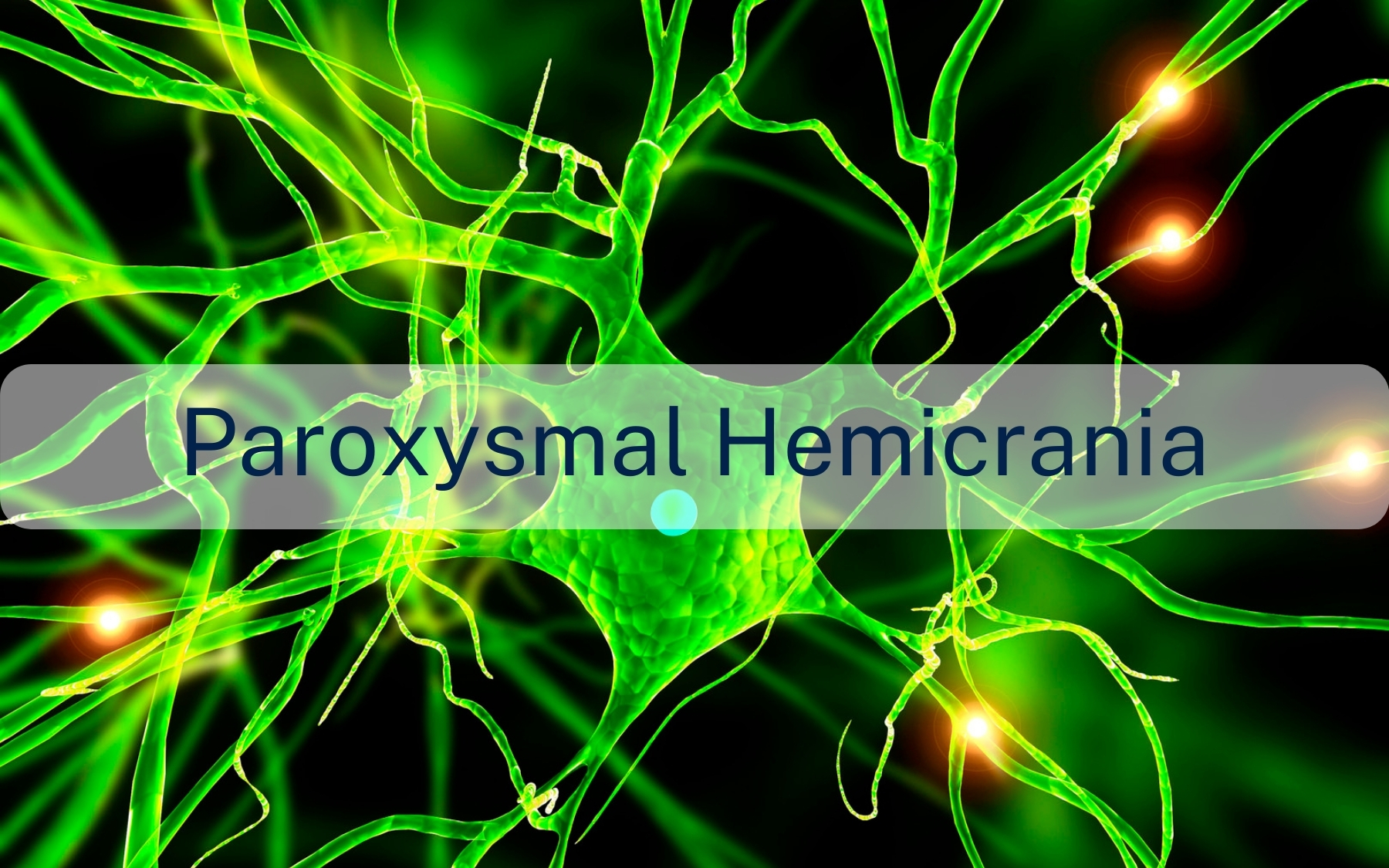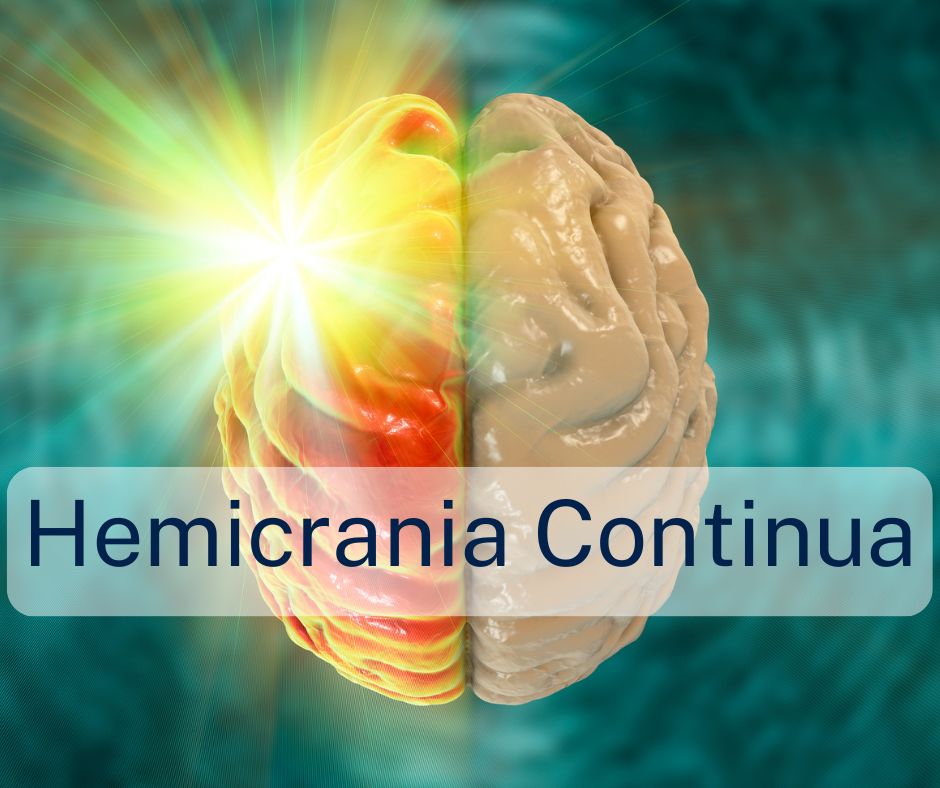Paroxysmal hemicrania causes a debilitating one sided headache attacks, occurring 5 to 20 times a day and last 5 to 20 minutes and associated with typical facial symptoms namely eye watering, eye redness, runny nose or stuffy nose and a sense of restlessness. This condition can be misdiagnosed with cluster headache, so an accurate diagnosis is important.
Unlike cluster headache, Paroxysmal hemicrania is exquisitely sensitive to indomethacin. Often long-term preventive treatments are needed to keep the condition under reasonable control.
Paroxysmal hemicrania is a rare form of headache that usually begins in adulthood, although it can occur in children. The condition causes a debilitating one-sided headache which tends to be for a short duration, this is explained in the name – paroxysmal (periodic), hemicrania (one side of the head).
The disorder has two forms: chronic, in which patients experience attacks on a daily basis for a year or more, and episodic, in which the headaches may remit for months or years. Certain movements of the head or neck or external pressure to the neck may trigger these headaches in some patients. The disorder is more common in women than in men.
Symptoms
Patients experience severe throbbing, claw-like, or boring pain usually on one side of the face; in, around, or behind the eye; and occasionally reaching to the back of the neck. This pain may be accompanied by red and tearing eyes, a drooping or swollen eyelid on the affected side of the face, and nasal congestion.
Patients may also feel dull pain, soreness, or tenderness between attacks. Attacks of paroxysmal hemicrania typically occur from 5 to 40 times per day and last 2 to 30 minutes. There are no associated features such as sensitivity to light or nausea and vomiting unlike with migraines.

Diagnosis
People suspected of having paroxysmal hemicrania will have a detailed neurological examination. Your neurologist will ask for your medical history and symptoms, it may help to keep a symptom diary detailing the frequency and severity of your headaches to show them. Diagnosis can be difficult as other primary headache disorders such as primary stabbing headache, cluster headache, short-lasting unilateral neuralgiform headaches with red-eye and tearing (conjunctival injection and tearing) (SUNCT/SUNA) and trigeminal neuralgia have similar symptoms to paroxysmal hemicrania. Imaging tests such as an MRI scan may be required to aid diagnosis.
Treatment
This is one of the few primary headache disorders that has a consistent and significant response to medication as it often provides complete relief from symptoms. The treatment is a prophylactic (preventative) approach using the nonsteroidal anti-inflammatory drug (NSAID) indomethacin. If people cannot take indomethacin there are other NSAIDs, calcium-channel blocking drugs (such as verapamil), and corticosteroids that may also be used to treat the disorder.
This article is intended to inform and give insight but not treat, diagnose or replace the advice of a doctor. Always seek medical advice with any questions regarding a medical condition.






0 Comments